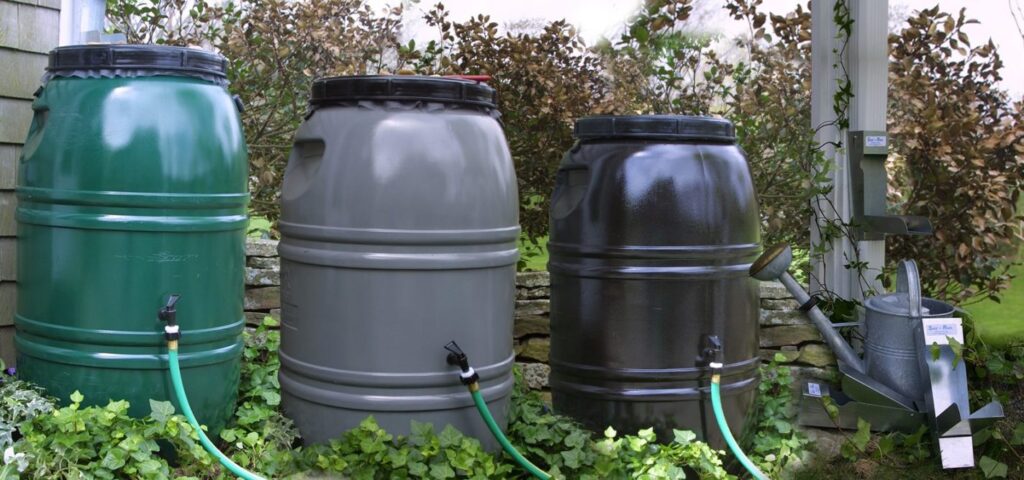
2025 Rain Barrel Program
The Commission is pleased to announce its 2025 annual rain barrel sale. As part of the program the public can purchase discounted rain barrels at wholesale prices!
How the Program Works
Step 1: Order Your Rain Barrel
Place your rain barrel order online at www.greatamericanrainbarrel.com/community/ and select “Springfield” under community programs.
Orders must be placed by May 4, 2025 at midnight.
Step 2: Pick Up Your Rain Barrel
Orders placed through the Commission’s program will be available for pick up at the rain barrel pick up event.
Rain Barrel Pick Up Event
Saturday, May 17, 2025
8:00 AM -12:00 PM
Commission’s Operation Center
71 Colton Street, Springfield, MA 01109
Please note: rain barrels must be picked up during the distribution event. Advanced or late pick up is not available.
For more information contact the Commission at 413-452-1300 or info@waterandsewer.org.
Rain barrels are sold by The Great American Rain Barrel Company. Visit their website for more information, https://www.greatamericanrainbarrel.com/, or email info@tgarb.com.
Rain barrels capture rainwater from rooftops and help supplement summer outdoor water needs for:
-
- Gardens
-
- Lawn watering
-
- Washing cars
-
- Rain barrels also capture rainwater from storm drains, reducing combined sewer overflows (CSOs) into waterways.
In New England, residential water usage can increase as much as 60% during the spring, summer and fall seasons due to outdoor watering needs such as watering gardens and lawns, filling pools, and washing cars. Rain barrels are a low-cost conservation alternative to supplement some of these seasonal water needs. In addition, rain barrels capture rain water that might otherwise have flowed into storm drains, reducing combined sewer overflow (CSO) discharges into waterways.
The rain barrel works by capturing rain water from rooftops and collecting it in a 60-gallon barrel. The barrel is retro-fitted with a spigot for distributing water for outdoor uses such as watering the lawn and garden, or car washing.
Its only takes a ¼-inch of rainfall to fill the 60-gallon rain barrel when connected to a household gutter. In Massachusetts, it rains 130 days per year on average. If the rain barrel is used during half of those 130 days, then it will collect 3,900 gallons of water per year. That’s a savings of approximately $60 (based on current SWSC rates). For those who regularly water lawns and gardens, an investment in a rain barrel will easily pay for itself in two to three years.